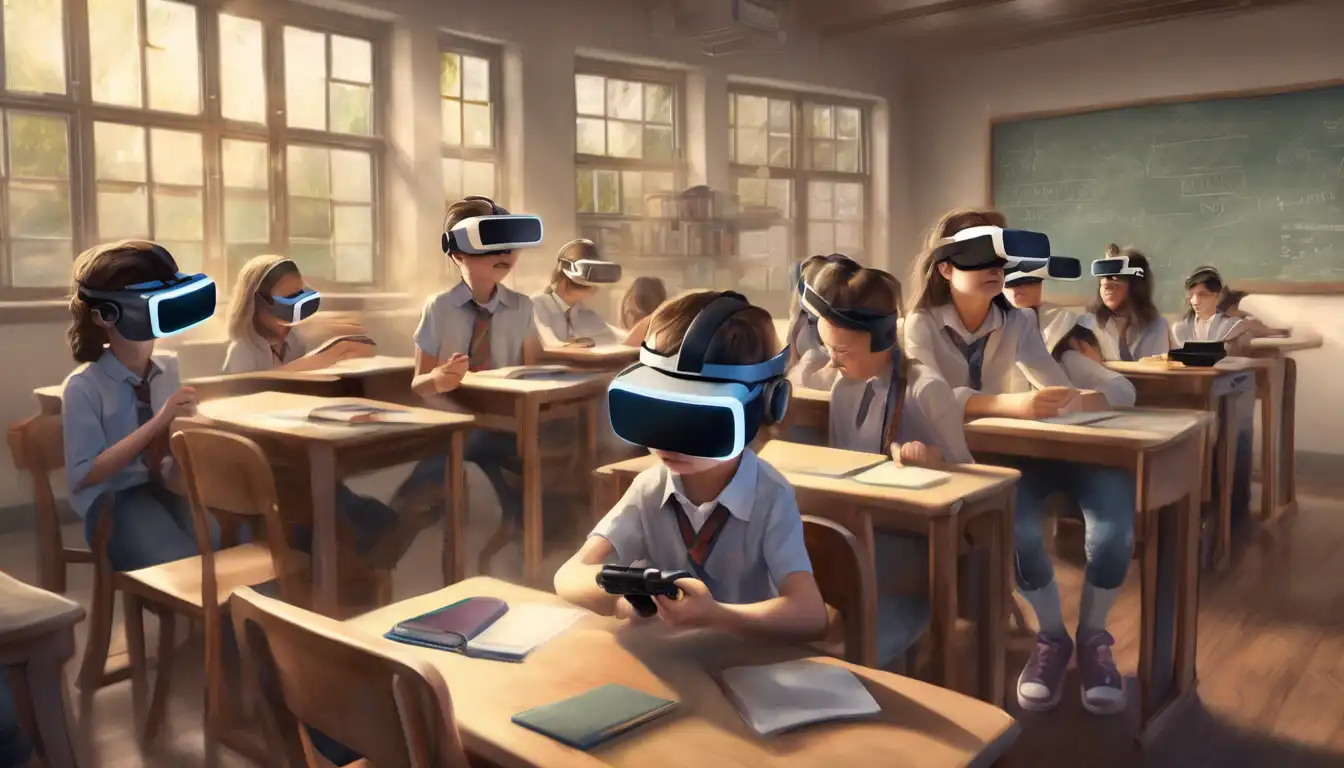The Transformative Impact of Virtual Reality on Learning Environments
Virtual Reality (VR) technology is revolutionizing the educational landscape, offering immersive learning experiences that were once unimaginable. By simulating real-world environments, VR provides students with the opportunity to explore complex concepts in a hands-on manner, enhancing understanding and retention.
Why VR in Education?
The integration of VR into educational settings addresses several challenges faced by traditional learning methods. It caters to various learning styles, making education more inclusive. Moreover, VR can transport students to historical sites, inside the human body, or even to outer space, all from the safety of their classroom.
Benefits of VR in Education
- Enhanced Engagement: VR's immersive nature captures students' attention, making learning more engaging.
- Improved Retention: Experiential learning through VR has been shown to improve memory retention.
- Accessible Learning: VR makes education accessible to students regardless of geographical or physical limitations.
- Safe Environment: VR allows students to experiment and learn from mistakes in a risk-free setting.
Challenges and Considerations
Despite its potential, the adoption of VR in education comes with challenges. The cost of VR equipment and the need for technical support can be prohibitive for some institutions. Additionally, there is a learning curve associated with using VR technology effectively in the classroom.
Future Prospects
The future of VR in education is bright, with advancements in technology making it more affordable and accessible. As educators and developers continue to explore the possibilities, VR is set to become an integral part of the educational toolkit, transforming how we teach and learn.
For more insights into innovative learning technologies, explore our EdTech Trends section.
Getting Started with VR in Your Classroom
Interested in integrating VR into your teaching? Start by identifying the learning objectives that VR can enhance. Then, explore the range of VR educational content available, from virtual field trips to interactive science experiments. Remember, the goal is to complement traditional teaching methods, not replace them.
Virtual Reality in education is not just a fleeting trend; it's a powerful tool that can enrich the learning experience. By embracing VR, educators can provide students with unparalleled opportunities to explore, discover, and learn in ways that were previously impossible.
